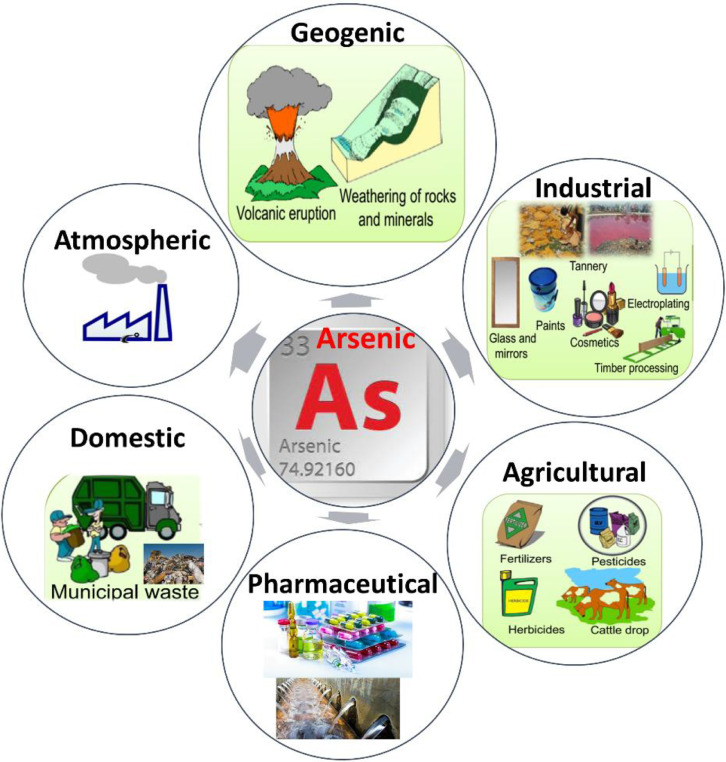
A contentious paper from 2010, which asserted the discovery of bacteria that use arsenic in place of phosphorus in their DNA, has been pulled back by the journal Science. While no fraud is suspected, the retraction was deemed necessary 15 years after its release due to evolving retraction criteria, according to Science’s editor-in-chief, H Holden Thorp.
The research, backed by NASA, made extraordinary claims regarding the bacterium GFAJ-1, identified in the saline and arsenic-rich Mono Lake in California. When cultured in the absence of phosphorus and in environments with high arsenic levels, the research team detected arsenate they believed was linked to the bacterium’s DNA.
Skepticism surrounded the findings, which were only formally published in print in 2011, accompanied by eight technical critiques. In 2012, two papers tried and failed to replicate the results, noting that while the microbe could endure arsenic, it did not assimilate it into its DNA.
Critics argued that the results stemmed from arsenic contamination of the nucleic acids due to inadequate purification. In the retraction announced on July 24, Thorp pointed out that despite early responses, the journal previously limited retractions to instances of intentional data manipulation. He remarked that since then, ‘standards for retracting papers have broadened’ and a retraction is warranted ‘if editors conclude that a paper’s reported experiments do not substantiate its principal conclusions’. The decision was influenced by directives from the Committee on Publication Ethics (COPE).
Authors object
Ten co-authors of the paper signed a letter asserting their support for the findings and accusing Science of overstepping its bounds. Co-author Ariel Anbar, an isotope geochemist at Arizona State University, mentioned to Science news that ‘the genuine dispute concerns the interpretation of the data, which should not justify retraction but rather represents legitimate scientific dialogue.’
Nicholas Williams, a specialist in phosphate ester hydrolysis at the University of Sheffield, UK, indicated that much of the responsibility lies with the journal and inadequate peer review that overlooked both chemical fundamentals and potential experimental issues. ‘To suggest that DNA could form in such a fundamentally different way was a major exaggeration,’ he commented.
Terence Kee, a chemist at the University of Leeds with interests in astrobiology, noted that while a DNA structure might theoretically include arsenic instead of phosphorus, it is larger in size. ‘Arsenic belongs to the same group as phosphorus, sharing similar chemical structures and bonding patterns,’ he remarked. However, it forms substantially weaker connections with oxygen compared to phosphorus, making arsenic-based DNA less stable and more susceptible to breakdown. He mentioned that it remains uncertain if such a structure would function like DNA.
In 2012, Jerzy Leszczynski and his team from Jackson State University conducted a computational analysis to evaluate the structural viability of such a polymer. They discovered that base-stacking could enhance arsenate’s resistance to hydrolysis, but it remained less stable when compared to regular DNA. Leszczynski expressed that certain specific conditions might permit nature to utilize such a compound, calling it ‘quite intriguing and feasible, even though the experiments published might not yield a definitive conclusion.’
By 2012, multiple publications put forth alternative theories regarding the growth of these bacteria in low-phosphorus and high-arsenic settings, conditions that would be lethal for most life forms. Dan Tawfik of the Weizmann Institute of Science in Israel investigated a protein responsible for phosphate uptake in the GFAJ-1 strain from Mono Lake and found it to be ten times more sensitive to phosphorus than arsenic, unlike other bacteria. Another study proposed that arsenate could trigger ribosome breakdown, offering a much-needed phosphate source, allowing a small fraction of arsenate-tolerant cells to endure.
Still contentious after all this time
Numerous researchers remained skeptical about the retraction after 15 years. ‘Considering nothing new has emerged, why retract the article now?’ Williams remarked. ‘I believe the scientific community is not being misled … this retraction appears to be an unnecessary action.’
Thorp acknowledged that the retraction was influenced by a February profile in the New York Times featuring lead author Felisa Wolfe-Simon, who was with the NASA Astrobiology Institute. The severe critique she faced in 2010 prompted her to exit the scientific field, only returning part-time in 2024.
Ivan Oransky, co-founder of Retraction Watch, expressed his own doubts about the timing of the study’s retraction, feeling it should have occurred much earlier, stating that the retraction aligns ‘completely with COPE and other guidelines going back well over a decade, exceeding even the publication timeline of this paper.’
Kee remains uncertain about the current retraction. ‘I would have preferred it be left in the literature.’